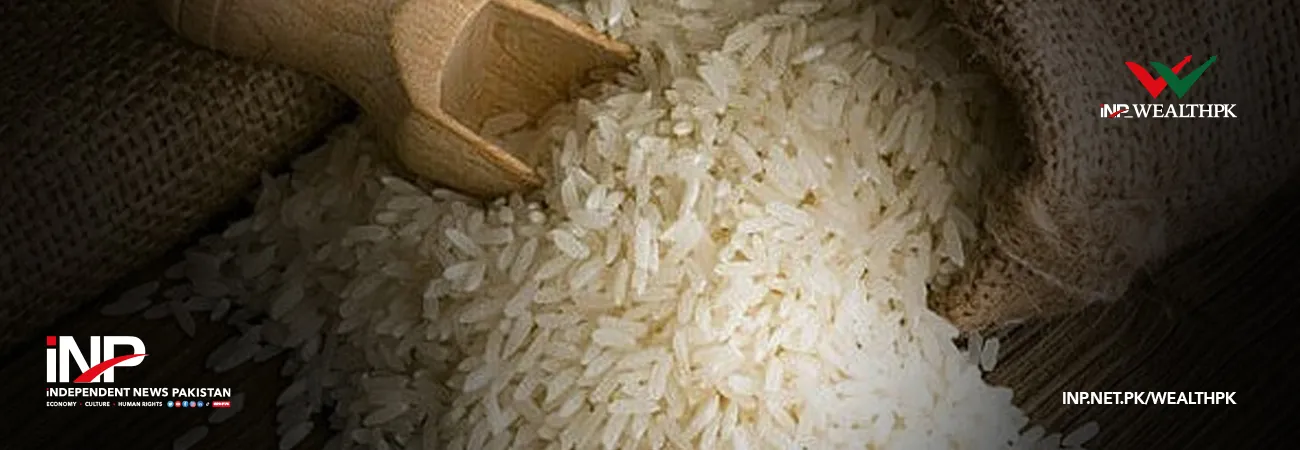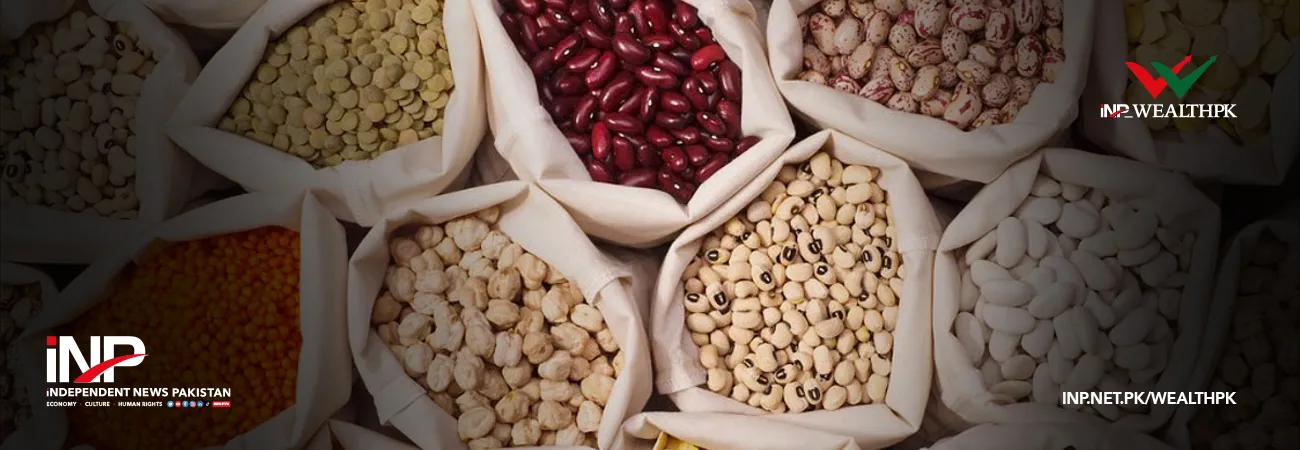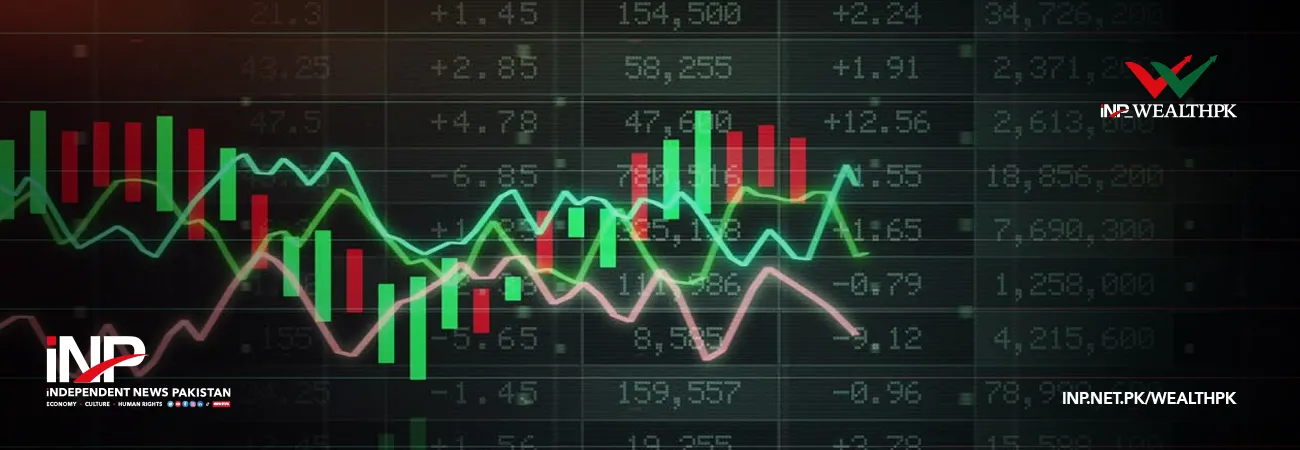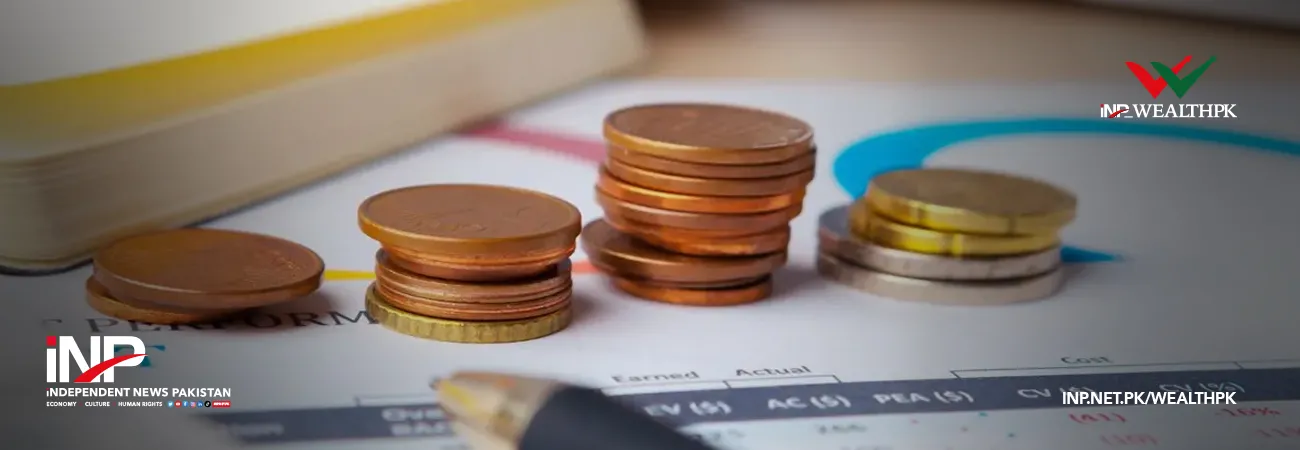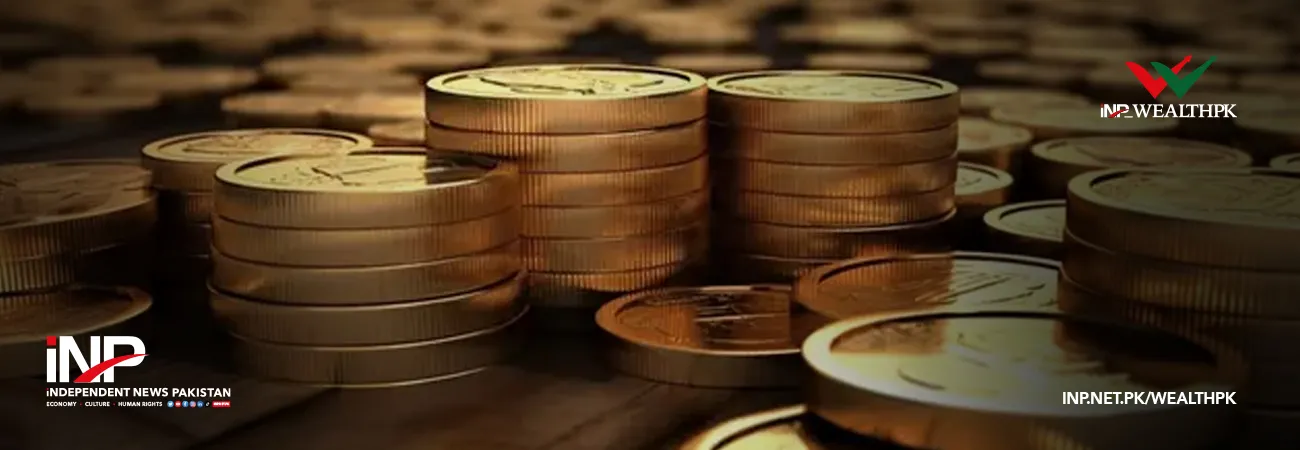INP-WealthPk
By Abdul Wajid Khan ISLAMABAD, June 14, (INP-WealthPK): The Federal Ministry of Finance has stressed the need for introducing reforms in every sector to reinvigorate the national economy, spur growth, maintain price stability, provide jobs to the youth and rebuild the key infrastructure of the country, WealthPK reports. According to the Pakistan Economic Survey 2021-22, launched by the ministry of finance, though the economy has recovered from the pandemic, underlying macroeconomic imbalances and associated domestic and international risks have dampened the celebrations. The real Gross Domestic Product (GDP) has noted 4.40% growth in agriculture sector, 7.19% in the industrial sector and 6.19% in the services sector. It is slightly above the 5.74% growth recorded in financial year 2021. The GDP, in the outgoing fiscal, at current market prices stands at Rs66,950 billion, showing a growth of 20.0% as compared to Rs55,796 billion of the last financial year. In the financial year 2022, per capita income was recorded at $1,798, reflecting an improvement in prosperity. The Gross Fixed Capital Formation (GFCF) in the current fiscal was recorded at Rs8,992 billion, registering a growth of 24.6% against Rs7,217 billion in the previous year. The GFCF in the private sector during the current fiscal was Rs6,704 billion, showing an increase of 20.6% against Rs 5,557 billion in the previous fiscal. The agriculture sector recorded a remarkable growth of 4.40% and surpassed the target of 3.5%, compared to the last year’s growth of 3.48%. The large scale manufacturing (LSM) sector showed 10.4% growth from July to March of the current fiscal as compared to 4.2% in the same period of last year. The prudent measures and continuous support along with rising global demand, easy access to credit and partially subsidised energy supply helped in achieving higher growth of LSM. The growth in most of the sectors, however, is also accompanied by external and internal imbalances, as has been the case historically with Pakistan’s economy. The reasons for such volatile growth cycles include the wide-ranging economic challenges like shrinking fiscal space, exchange rate pressure, mounting current account deficit, inflation, energy sector bottlenecks and the absence of a supportive environment for the private sector. Political instability in the country also caused economic uncertainty. Political stability can reduce uncertainty by making clear policy statements to build the trust of domestic as well as foreign investors and the business community. The coordinated monetary-fiscal policy approach after the Covid-19 outbreak succeeded in reviving economic activities. Specifically, the fiscal-monetary stimulus packages have a cascading effect on growth through a revival in private investment. In addition, the accommodative monetary policy stance in the previous fiscal, which focused on the revival of the construction industry and mandatory housing finance targets by the SBP, together with the rebound in external demand, has set the stage for stronger growth momentum in the outgoing financial year. However, the economy also started to show signs of excess demand and overheating through an increase in the import volume of capital and consumer goods, energy and non-energy imports. On the external front, the exports grew remarkable on account of policy support. As Covid-19 disrupted economic activities worldwide, many policy measures were initiated to support export-oriented industries and facilitate these firms to increase export earnings. From July to April of the current fiscal, goods exports grew by 27.6% and reached $26.8 billion, whereas services exports grew by 18.2% and reached $5.8 billion. However, a surge in prices of commodities globally exerted pressure on imports by significantly pushing up import payments. Resultantly, the sizeable trade deficit of $39.3 billion from July to April of the current fiscal was partially financed by workers’ remittances. During this period, the current account showed a deficit of $13.8 billion, compared to a deficit of $0.5 billion during the same period last year. The widening of the current account deficit together with a build-up in inflationary pressures in the backdrop of the geopolitical situation posed challenges for sustainable economic growth. The consumer price index (CPI) inflation from July to May of the current fiscal was recorded at 11.3% against 8.8% during the same period last year. The pressures on headline inflation can be attributed to adjustments in electricity and gas tariffs, increase in food prices and exchange rate depreciation along with a rapid increase in global fuel and commodity prices. However, the government formulated and implemented various policy initiatives to improve fiscal outcomes, especially on the revenue side. The Federal Board of Revenue took several steps to facilitate the taxpayers and mobilise domestic resources to generate sufficient revenue without hurting the growth momentum. The fiscal deficit increased to 3.8% of GDP from July to March of the outgoing fiscal against 3.0% during the same period last year. Similarly, the primary balance posted a deficit of Rs 447.2 billion, according to the economic survey a copy of which is available with WealthPK.




